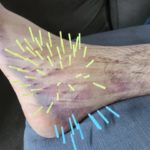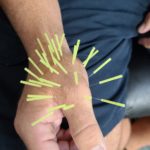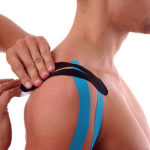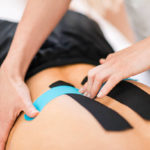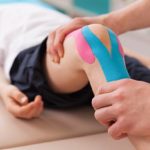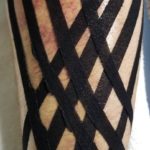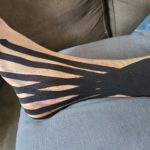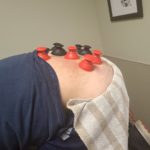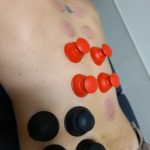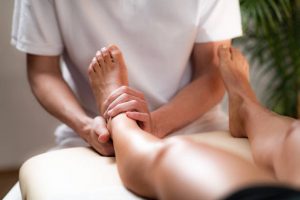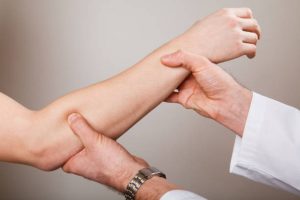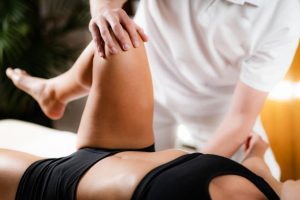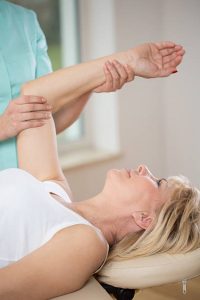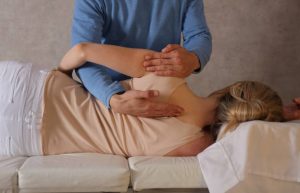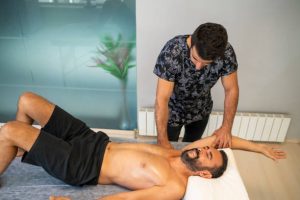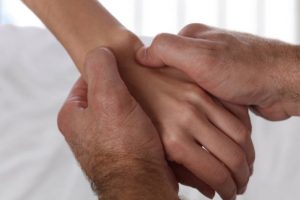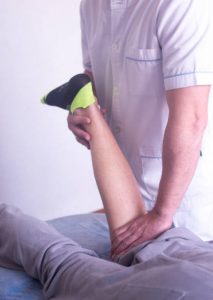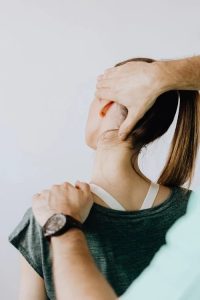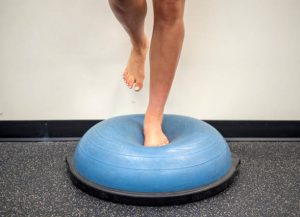Dry needling is a form of therapy in which fine needles are inserted into myofascial trigger points (painful knots in muscles), tendons, ligaments or around nerves in order to stimulate a healing response in painful musculoskeletal conditions. Dry needling is not acupuncture or Oriental Medicine; that is, it does not have the purpose of altering the flow of energy (“Qi”) along traditional Chinese meridians for treatment of disease. In fact, dry needling is a modern, science-based intervention for the treatment of pain and dysfunction in musculoskeletal conditions such as neck pain, shoulder impingement, tennis elbow, carpal tunnel syndrome, headaches, knee pain, shin splints, plantar fasciitis or low back pain. Dry needling is a valuable and effective treatment for musculoskeletal pain. Like any treatment, there are possible complications. While complications are rare in occurrence, they are real and must be considered prior to giving consent for treatment.

Instrument assisted soft tissue mobilization (IASTM) is a skilled myofascial intervention used for soft-tissue treatment for a variety of pathologies.
It is applied using instruments that are usually made of stainless steel or plastic with beveled edges and contours that can conform to different anatomical body locations and allows for deeper penetration. It is used for the detection and treatment of soft tissue disorders.
The intent of kinesiology taping is to decrease swelling/edema, pain and compensatory movement patterns as well as increase circulation, proprioception and facilitate movement. This assists with improving performance. The type of kinesiology tape that Onsite Therapy Resources uses is 91% cotton, 3% nylon and has an acrylic adhesive. It is 100% latex free.
Cupping therapy is an ancient form of alternative medicine in which a therapist puts special cups on your skin for a few minutes to create suction. The intent of cupping is to improve tissue gliding, traction and decompression in order to improve circulation, tissue mobility and decrease pain. Onsite Therapy Resources uses silicone cups that are 100% latex free.
Manual therapy encompasses a variety of techniques that the therapist utilizes through skilled movement in order to improve tissue elasticity, manipulate soft tissue and/or joints, increase range of motion and/or joint play, increase relaxation, and regulate pain. Manual therapy can also decrease swelling and inflammation through the use of specialized techniques.

Muscle Energy Techniques (MET) is a specific type of manual therapy that uses the gentle muscle contractions of the patient to relax and lengthen muscles and normalize joint motion or joint symmetry. It uses a voluntary contraction of the patient’s muscles against a distinctly controlled counter-force from a precise position and in a specific direction. It is considered an active technique, as opposed to a passive technique where only the therapist does the work.
Rehabilitation Exercises involves movements prescribed to correct impairments, restore muscular and skeletal function and/or maintain a state of well-being. Exercises may include aerobic or endurance conditioning, flexibility exercises, strength training, body mechanics training, proprioceptive or balance exercises, gait training, neuromuscular re-education, and range of motion exercises. Physical therapists select exercises based upon the patient’s dysfunctions upon a thorough evaluation.

